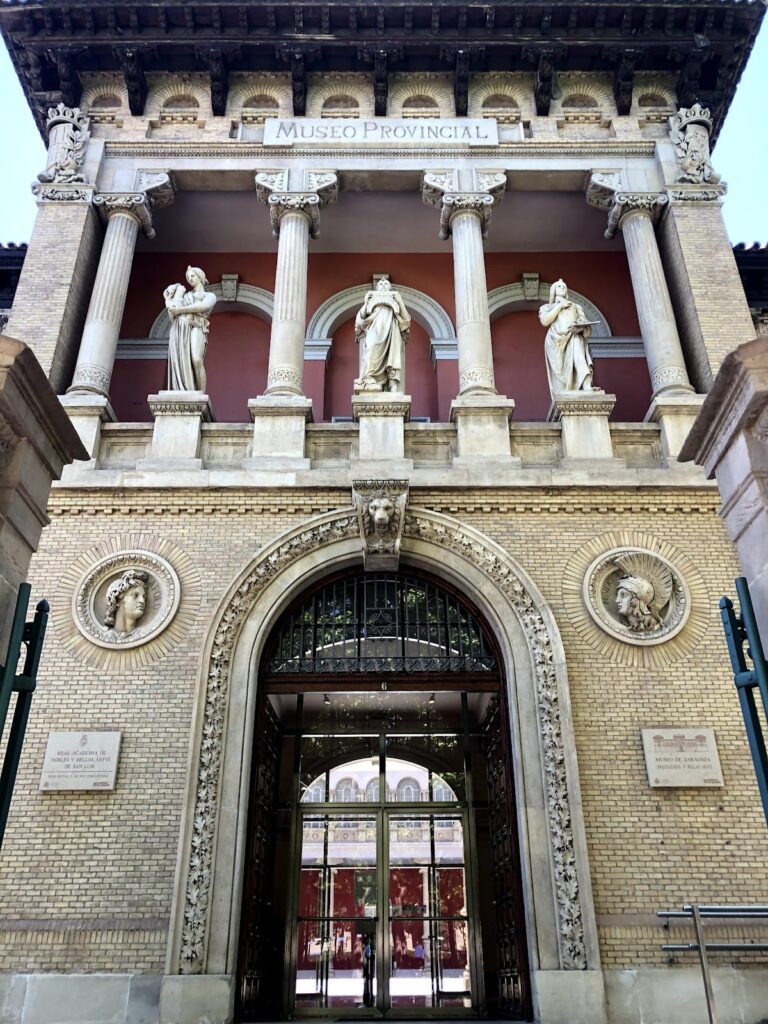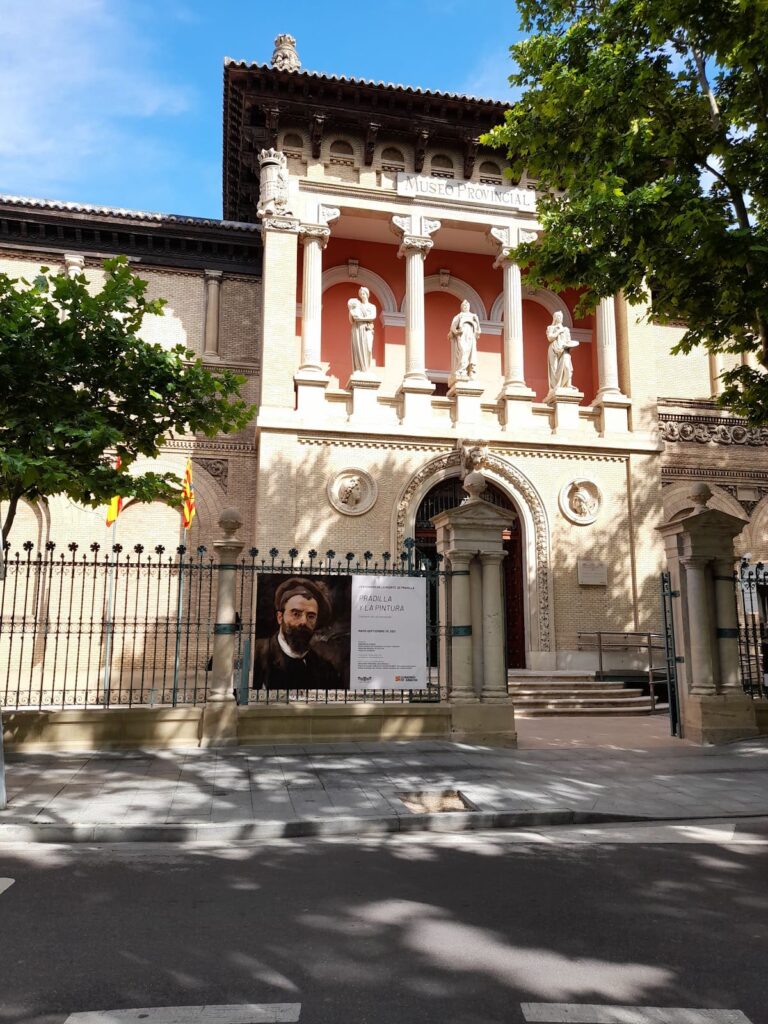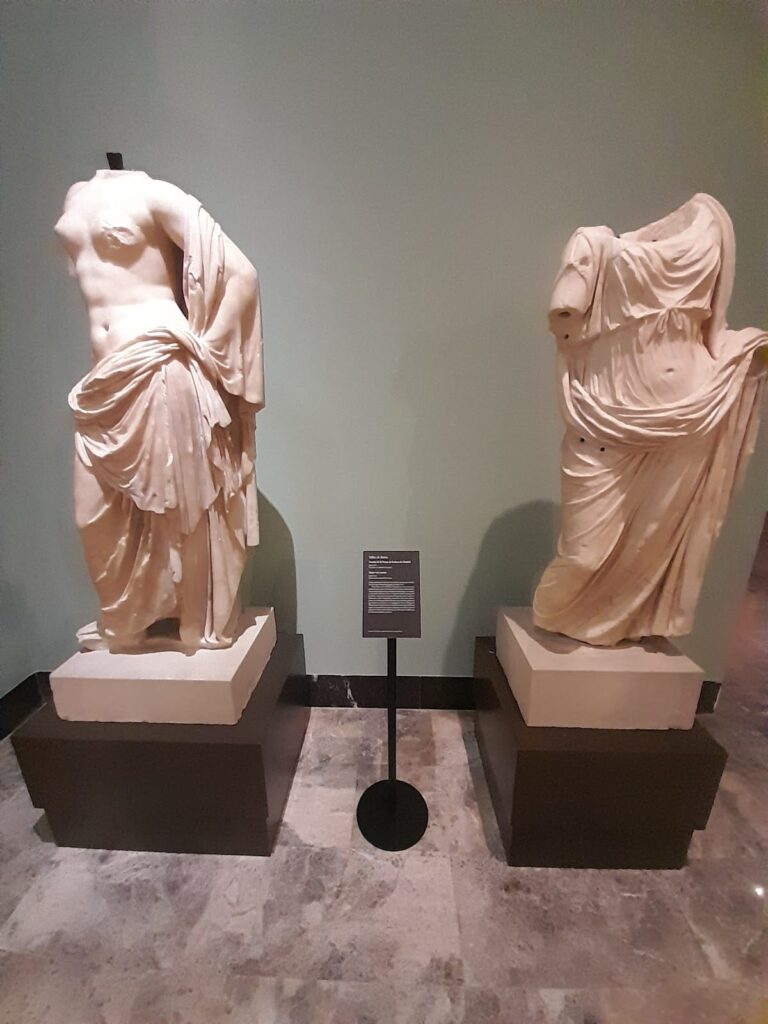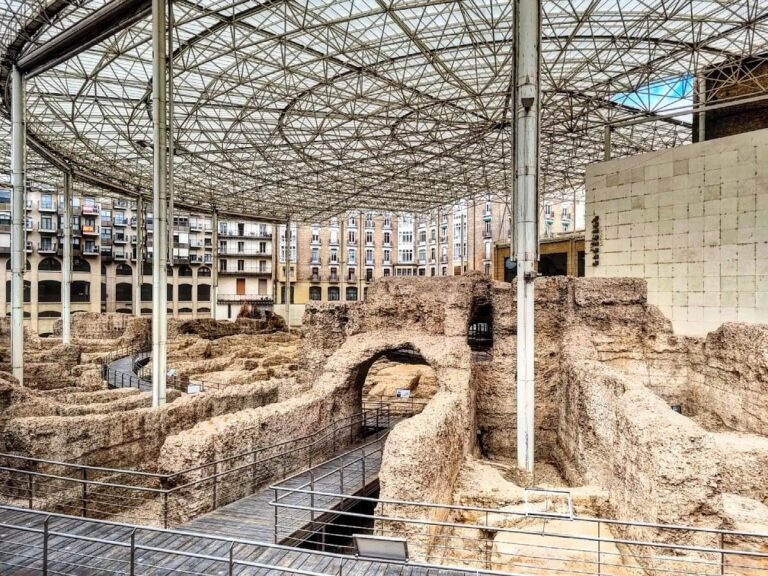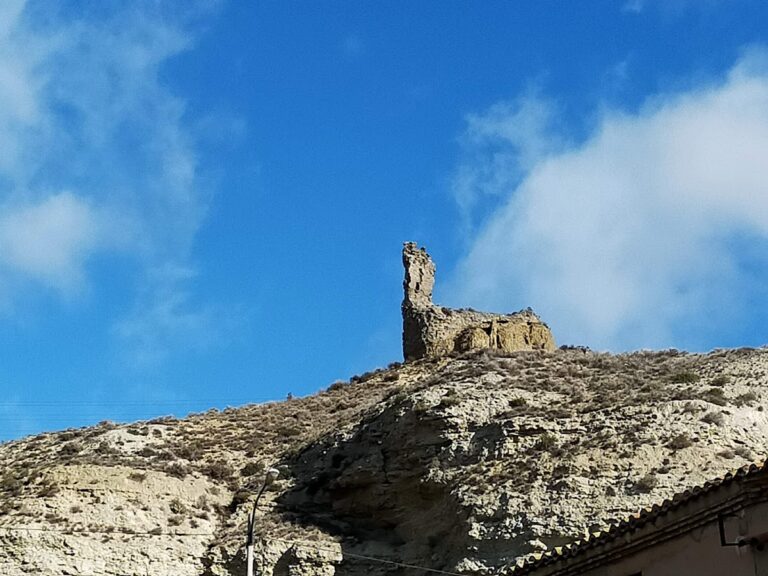Zaragoza Museum
Visitor Information
Google Rating: 4.6
Popularity: Medium
Google Maps: View on Google Maps
Official Website: www.museodezaragoza.es
Country: Spain
Civilization: Roman
Remains: Museum
History
The Zaragoza Museum is located in Zaragoza, within the autonomous community of Aragón in northeastern Spain. The museum itself was established in the 19th century, but its collections reflect the long history of the region, which was once part of the Roman Empire and earlier civilizations.
The museum was founded in 1836 during the regency of María Cristina, emerging from the Mendizábal ecclesiastical confiscation, a process that transferred many church properties to the state. It opened its doors to the public in January 1848. Initially, the museum occupied several different locations before moving to its current building in 1908. This neorenaissance structure was designed by architects Ricardo Magdalena and Julio Bravo for the Hispano-French Exhibition held that year.
Throughout its history, the museum has expanded its scope and collections. In 1976, it incorporated ethnology, broadening its cultural representation. Later, in 1987, administrative control shifted to the autonomous community of Aragón, although the Spanish state retained ownership. In 1997, the museum added a section dedicated to the Roman archaeological site of Colonia Celsa, located in Velilla de Ebro.
In recent years, the museum has gained recognition for its extensive Oriental art collections, receiving a research grant from the Japan Foundation in 2023. That same year, it temporarily closed for a planned two-year renovation to update and improve its facilities.
Remains
The Zaragoza Museum houses a wide range of archaeological artifacts spanning from Prehistory to the Middle Ages. Among its most notable pieces are the Botorrita bronze plaques, inscribed metal sheets discovered in Turiaso (modern Tarazona), which provide valuable historical information. Another significant artifact is the Tremissis of Sisebuto, a gold coin from Cesaracosta, reflecting the region’s early medieval history.
One of the museum’s prized exhibits is the “Cabeza de Augusto,” a small bust carved from sardonyx, measuring approximately 15 to 16 centimeters. This piece dates to the late 1st century AD and was found in the pool of a Roman bathhouse at Turiaso. It is believed to have been crafted in Rome and may have been reworked from an earlier bust of Emperor Domitian after his official condemnation, known as damnatio memoriae. The bust is linked to imperial propaganda during the reign of Emperor Trajan.
The museum also preserves archaeological finds from the Roman site of Colonia Celsa, displayed in a dedicated building in Velilla de Ebro. This site’s remains are presented in a functional structure designed to protect and showcase the artifacts.
In addition to archaeological objects, the museum holds extensive collections of paintings, sculptures, and decorative arts. It features over sixty works by Francisco de Goya and Renaissance sculptures by artists such as Damián Forment. The Oriental art collection includes thousands of pieces, such as sculptures, ceramics, and Japanese woodblock prints, grouped into several important collections donated by private collectors and artists.
The museum’s main building itself, constructed for the 1908 Hispano-French Exhibition, includes a central courtyard and principal staircase, with sculptural decoration on its facade.

